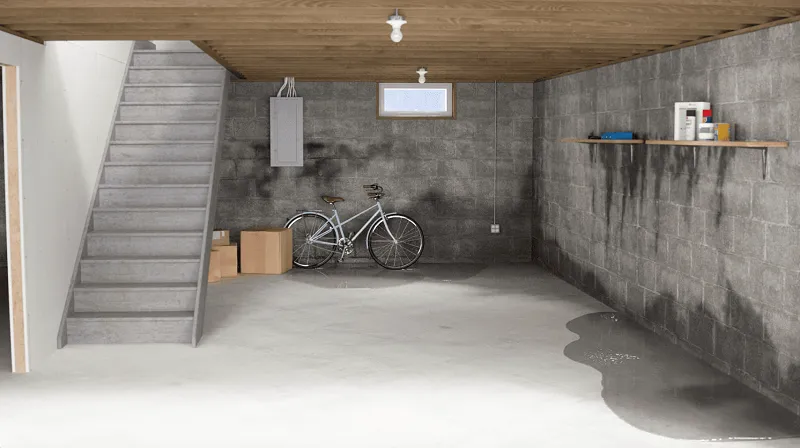How to Seal Your Basement for a Healthier Home

Your basement is more than just a storage space; it's an integral part of your home's foundation. However, if left untreated, it can become a source of moisture, mold, and potential structural issues.
Sealing your basement is a crucial step towards maintaining a healthy and stable living environment. While some DIY tips can help, for a comprehensive and lasting solution, consider professional services like those offered by United Structural Systems.
Step 1: Identify the Problem Areas
Before you start sealing your basement, it's essential to identify any existing issues. Look for signs of water intrusion, such as damp spots, puddles, or visible mold. Pay attention to cracks in the walls or floor, as they can be entry points for moisture. Identifying these areas will guide you in the sealing process.
Step 2: Clean and Prep
A clean surface is essential for any sealing project. Start by removing any debris, dust, or existing coatings from the walls and floor. Use a stiff brush and a mild detergent to scrub away dirt and grime. Allow the surface to dry completely before moving on to the next step.
Step 3: Repair Cracks and Gaps
Addressing cracks and gaps is crucial to prevent further moisture infiltration. Use a high-quality sealant to fill in any visible cracks in the walls or floor. Pay special attention to corners and joints, as these areas are common entry points for water.
Step 4: Apply a Waterproofing Coating
Once the repairs are complete, apply a waterproofing coating to the walls and floor. There are various products available, including sealants, paints, and epoxies designed specifically for basement waterproofing. Make sure to choose a product that is suitable for your specific needs and follow the manufacturer's instructions for application.
Step 5: Install a Sump Pump (if necessary)
In areas prone to high water tables or frequent flooding, a sump pump can be a lifesaver. It helps to divert excess water away from your basement, preventing potential damage. If you're uncertain about the necessity of a sump pump, consulting a professional like United Structural Systems can provide valuable insights.
Step 6: Consider Exterior Waterproofing
While interior sealing is essential, exterior waterproofing provides an additional layer of protection. This involves applying a waterproof membrane to the outside of your foundation walls. While it's a more extensive project, it can significantly enhance the effectiveness of your basement sealing efforts.
Why Opt for Professional Basement Sealing Services?
While these steps can help mitigate moisture issues in your basement, there's no substitute for the expertise and experience of a professional service like United Structural Systems. Here's why:
- Customized Solutions: Professionals can assess your specific situation and provide tailored solutions that address your unique needs.
- Long-lasting Results: With access to specialized tools, materials, and techniques, professionals can ensure a thorough and lasting seal for your basement.
- Comprehensive Approach: Professionals consider both interior and exterior factors, providing a holistic solution that covers all potential entry points for moisture.
- Warranty and Guarantee: Reputable services offer warranties or guarantees on their work, providing you with peace of mind and assurance of quality.
- Time and Cost Efficiency: While a DIY approach may seem cost-effective initially, professional services can save you time and money in the long run by preventing potential issues and costly repairs.
In conclusion, sealing your basement is a critical step towards maintaining a healthy and stable living environment. While DIY efforts can help, hiring a professional basement waterproofing company like United Structural Systems ensures a comprehensive and long-lasting solution.
Don't hesitate to reach out for a consultation and take the first step towards a healthier home today.
We offer financing plans, accept major credit cards and personal checks.
See what customers have to say about working with USS.
Our customer reviews speak for themselves.


.2312150951550.webp)

